How Iceland Will Address Its Post-Pandemic Travel Boom
Before the COVID-19 pandemic, Iceland was being loved to death by travelers. Now that the country is welcoming visitors again, how will they avoid those same overtourism issues? Nomad James shares his insights.
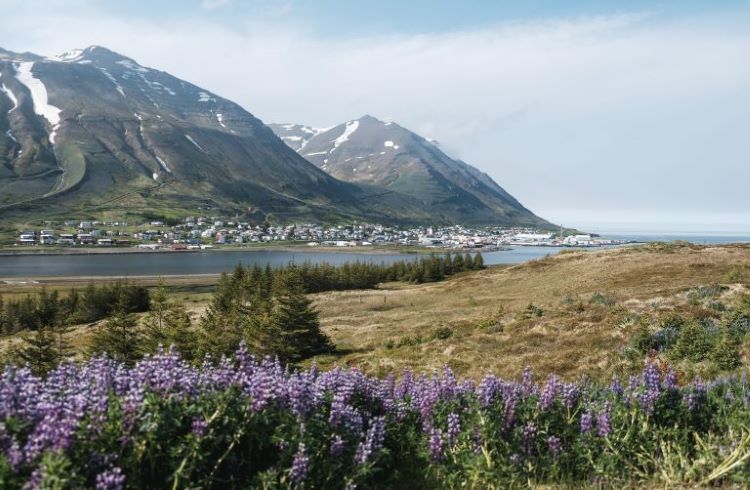 Photo © James Taylor
Photo © James Taylor
After living in Reykjavik during the height of the last tourism boom, I returned in the summer of 2021 to see what new initiatives were in place to help Iceland manage the sheer number of visitors it receives.
- Iceland’s newest ring road: The Westfjords Way
- Slow travel in East Iceland
- The Arctic Coast Way
- Geldingadalir, Iceland’s newest attraction
- Trip notes
Iceland’s newest ring road: The Westfjords Way
“Come back later, please! We’re the owners of this hot spring and want it to ourselves for a while longer!” the farmer sings out to me as she spots me coming over the rise. I’m surprised to find the family of four in the hot spring – there were no cars on the road. Instead, they must have walked over from the nearby farm for a leisurely soak after a day of work.
“Wait – are you serious?” I ask with a grin, thinking she’s joking. She isn’t, but this is their land, so fair enough. I turn around to wait in my car, feeling a bit dejected at the welcome. After more than a year without having to deal with international visitors, is Iceland ready for tourists to return?
I’m in the Westfjords, and despite the cool reception at the hot spring, I get the impression that locals are looking forward to welcoming back travelers. “We’re already seeing more visitors coming through the region,” says Eyþór, a bookseller in the town of Flateyri. Dressed in a snappy tweed suit complete with a pocket watch, he could have stepped right out of 1914 – which is the year his great-grandfather started the store. “It’s all thanks to the new tunnel. Finally, it’s complete!”
He’s referring to Dýrafjarðargöng, a new underground tunnel that cuts under a treacherous mountain pass in the Westfjords. Taking advantage of the new road, the local tourism board recently launched a new tourist route called The Westfjords Way. Or, when they’re feeling cheeky, The Ring Road #2. The aim? Drawing tourists off the main ring road into Iceland’s least-visited region. Of the 2.3 million visitors who arrived in Iceland in 2018, only 7% came to the Westfjords.
That has, however, left the region untouched, so much so that it feels like a time capsule, including the Old Bookstore in Flateyri. Eyþór still sells secondhand books by weight (US $8 / ISK 1,000 per kilo), while next door, his grandfather’s apartment hasn’t changed since the 1950s.
Over the next few days, I drive the new route in a campervan, enjoying my first real journey since the pandemic began. Dipping in and out of the fjords, I experience the larger-than-life scenery up close: table-topped mountains rising from silent fjords, villages teetering on the edge of the country, waterfalls rushing to join knots of rivers. I soak in hot springs, catch a live gig at a pub, and hike up winding mountain paths. The Dynjandi waterfall is thunderous, the star attraction of a soon-to-be national park, yet another reason for would-be ring road travelers to end up in this remote corner.
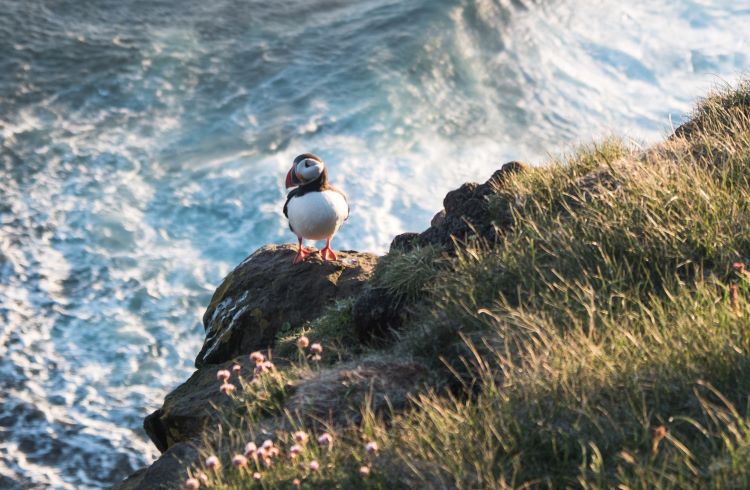
At the western edge of Iceland, I stop at the towering Látrabjarg cliffs. At midnight, the sun is only grazing the horizon, casting golden light across the jagged rock face. I peer over the edge: 1,300ft (400m) below, the surf fizzes as it crashes against the rocks, and gulls and puffins divebomb into the sea in search of fish.
Slow travel in East Iceland
Most visitors to Iceland don’t have the luxury of time – which is why drive-by ring road trips are so enticing. It’s Iceland’s biggest challenge as a destination: how to encourage visitors to stay longer and dig deeper into each region of the country?
East Iceland’s answer is different than most. Rather than create a new driving route, the region is embracing the slow travel movement. It began with Djúpivogur, which boasts international “slow city” status, but has since crept across the entire region.
The town of Egilsstaðir, for example, moves at a deliciously slow pace. “My wife and I moved here to get away from the rush of the city,” says Kári, chef and owner of Nielsen Restaurant. He’s the former head chef of Dill in Reykjavik, the only restaurant in Iceland to receive a Michelin star (so far). His new restaurant, like many others in the area, uses local ingredients sourced from the surrounding farms. There’s a bit of a foodie scene in the east.
“There are so many great suppliers here. We can even get our own local wasabi,” he tells me. How? A greenhouse, of course, making use of Iceland’s boundless geothermal energy.
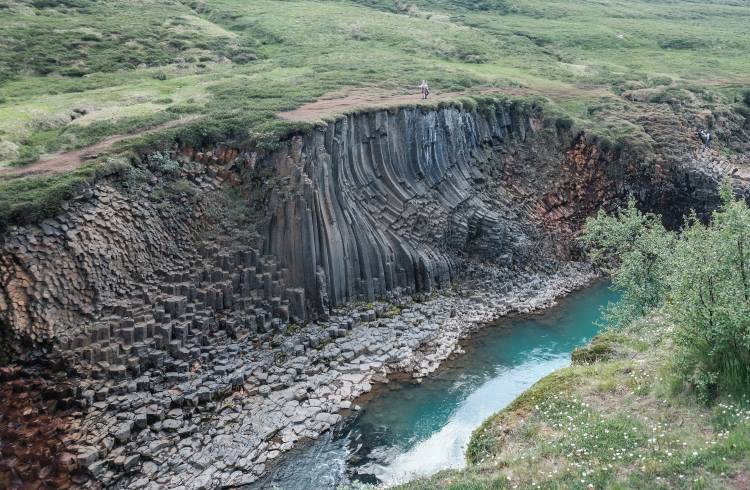
It’s hydropower that’s behind one of the region’s star attractions, Stuðlagil Canyon. The Kárahnjúkar Dam on the edge of the highlands caused a river to drop in depth, revealing a fascinating collection of twisted, basalt columns. I spend a morning gawking at the sight, retiring to the recently opened Vök Baths afterward for a steamy dip – just another reason to slow down and savor this part of the country.
The Arctic Coast Way
In a country of just 365,000 people, receiving more than 2 million visitors a year has proved a challenge. Locals despaired as fragile ecosystems were irreparably damaged across the country. There were stories of visitors ripping up thousand-year-old moss to use as insulation in their tents, and of others letting themselves into country houses just to look around, much to the surprise of the owners inside.
New initiatives aim to help make visitors more aware of their impact. The Icelandic Pledge encourages travelers to commit to responsible travel, while the Iceland Academy teaches about safety and proper travel etiquette before visitors arrive. Coupled with these two programs is a renewed effort to advertise the lesser-visited regions of the country. Soon the entire highland plateau will be merged into Vatnajökull National Park, creating a protected area that covers 33% of Iceland. And alongside the Westfjords Way, another tourist route aims to tempt people away from the ring road – the Arctic Coast Way.
Tracing the northern coast of Iceland, from Hvammstangi in the northwest to Bakkafjörður in the northeast, the route delves into some of the country’s quietest corners. I drove the entire Arctic Coast Way a few years ago as I worked on updating a guidebook to Iceland. I remember the desolation of the Langanes Peninsula most vividly, with driftwood-laden shores and its abandoned fishing settlement slowly being reclaimed by the spitting ocean spray.

This time, I’m focusing more on the northwestern edge. I set out along the Vatnsnes Peninsula, where low-lying mountains roll into the silvery sea, choppy due to the winds. I pass seals lazing on rocks, farmers mending fences, and ghostly houses left to the elements. More of the same awaits around the Skagaströnd Peninsula, where I camp the next night.
Then, the Tröllaskagi Peninsula. Suddenly, the mountains are immense, horses gallop across paddocks, and I even spy an arctic fox darting across the road. I plan to stop somewhere and camp, but the summer light glows violet and gold, tempting me to continue long into the evening as it lights up verdant valleys and shimmering rivers.
I end up in Siglufjörður, at the tip of the Tröllaskagi Peninsula. Once the country’s second most important port thanks to the herring industry, it was forgotten almost overnight when the herring were fished out. The fascinating Herring Museum goes into the town’s historic heyday, illustrating exactly what the Arctic Coast Way does best: offering a glimpse of what life is like in Iceland’s remote areas.
Geldingadalir, Iceland’s newest attraction
Back near Reykjavik, one final journey awaits before returning home. At the Geldingadalir eruption, the country’s newest attraction, it’s hard not to draw parallels to what happened in 2010 when the Eyjafjallajökull eruption sparked almost a decade of explosive tourism growth.
Molten lava crackles and hisses, slowly devouring everything in its path as it crawls further down the valley. I sit on the hillside above, watching its progress. It’s probably the busiest site in Iceland.
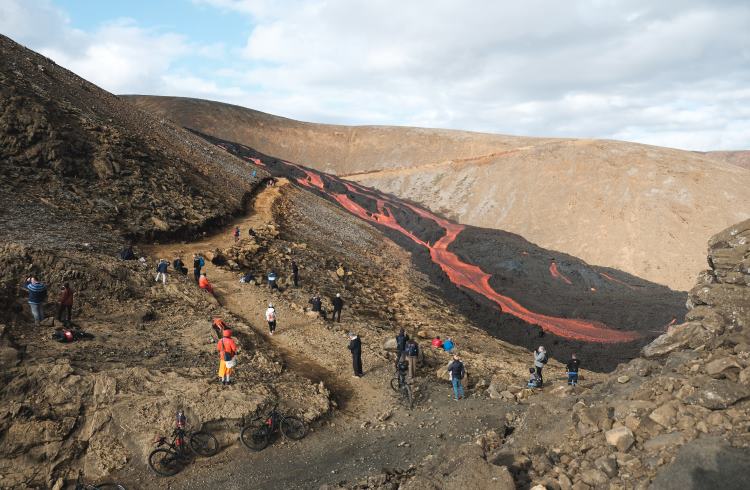
With flights increasing by the day, Iceland is already past the point of asking visitors to come back later. Rather than the sudden, sweeping changes to challenge overtourism seen in other destinations (like Venice’s ban on large cruise ships), Iceland has decided to stick to its long-term plan for sustainability in the industry, tempting us into its secret corners. Coupled with new national parks on the horizon and shifting attitudes towards travel after the pandemic, it’s a destination that feels ready for the next eruption of visitors.
Trip notes
To get around Iceland, it’s easiest to rent your own car or campervan. From Reykjavik to Ísafjörður, capital of the Westfjords, is around 280mi (454km). From there, it’s another 13mi (22km) to Flateyri. If you’re heading east, it’s 394mi (635km) from Reykjavik to Egilsstaðir along the ring road. Hvammstangi, the starting point for the Arctic Coast Way, is only 122mi (197km) from Reykjavik.
Hotels during peak season (June to August) are booked out a couple months in advance. Prices are lower in the shoulder seasons, and lower still in winter. If you’re traveling in a campervan, you must stay at designated campsites. The longest day in Iceland is on June 21, but if you’re after the northern lights, visit between September and May.
Related articles
Simple and flexible travel insurance
You can buy at home or while traveling, and claim online from anywhere in the world. With 150+ adventure activities covered and 24/7 emergency assistance.
Get a quote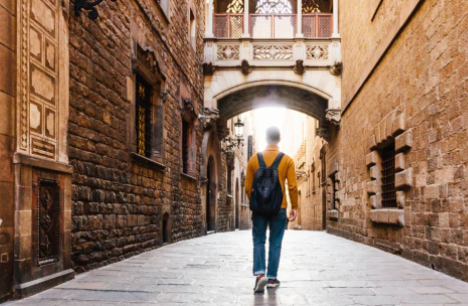
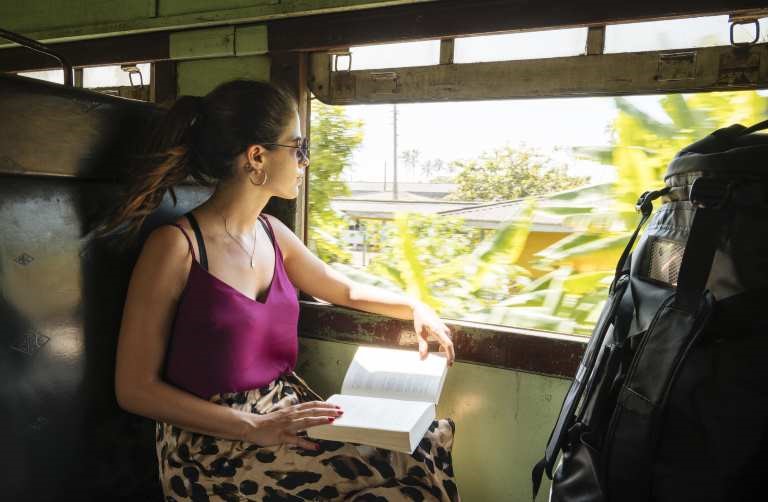
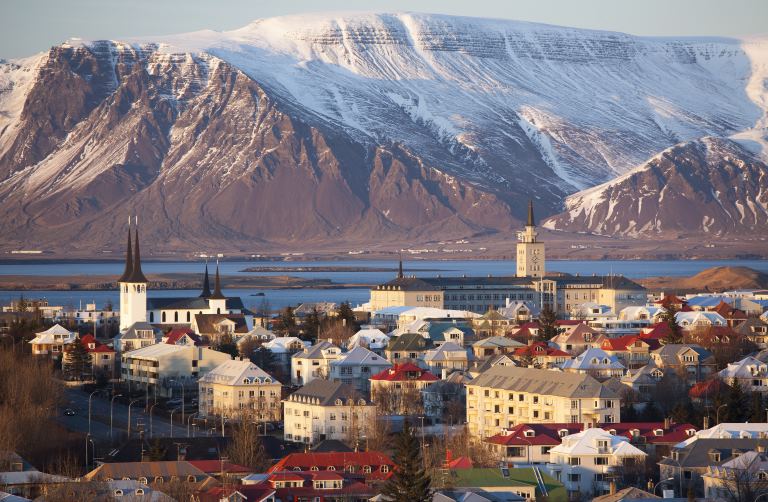
No Comments